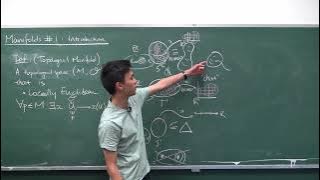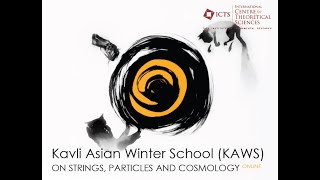Euclidean geometry | Topological spaces | Linear algebra | Norms (mathematics)
Euclidean space
Euclidean space is the fundamental space of geometry, intended to represent physical space. Originally, that is, in Euclid's Elements, it was the three-dimensional space of Euclidean geometry, but in modern mathematics there are Euclidean spaces of any positive integer dimension, including the three-dimensional space and the Euclidean plane (dimension two). The qualifier "Euclidean" is used to distinguish Euclidean spaces from other spaces that were later considered in physics and modern mathematics. Ancient Greek geometers introduced Euclidean space for modeling the physical space. Their work was collected by the ancient Greek mathematician Euclid in his Elements, with the great innovation of proving all properties of the space as theorems, by starting from a few fundamental properties, called postulates, which either were considered as evident (for example, there is exactly one straight line passing through two points), or seemed impossible to prove (parallel postulate). After the introduction at the end of 19th century of non-Euclidean geometries, the old postulates were re-formalized to define Euclidean spaces through axiomatic theory. Another definition of Euclidean spaces by means of vector spaces and linear algebra has been shown to be equivalent to the axiomatic definition. It is this definition that is more commonly used in modern mathematics, and detailed in this article. In all definitions, Euclidean spaces consist of points, which are defined only by the properties that they must have for forming a Euclidean space. There is essentially only one Euclidean space of each dimension; that is, all Euclidean spaces of a given dimension are isomorphic. Therefore, in many cases, it is possible to work with a specific Euclidean space, which is generally the real n-space equipped with the dot product. An isomorphism from a Euclidean space to associates with each point an n-tuple of real numbers which locate that point in the Euclidean space and are called the Cartesian coordinates of that point. (Wikipedia).



















